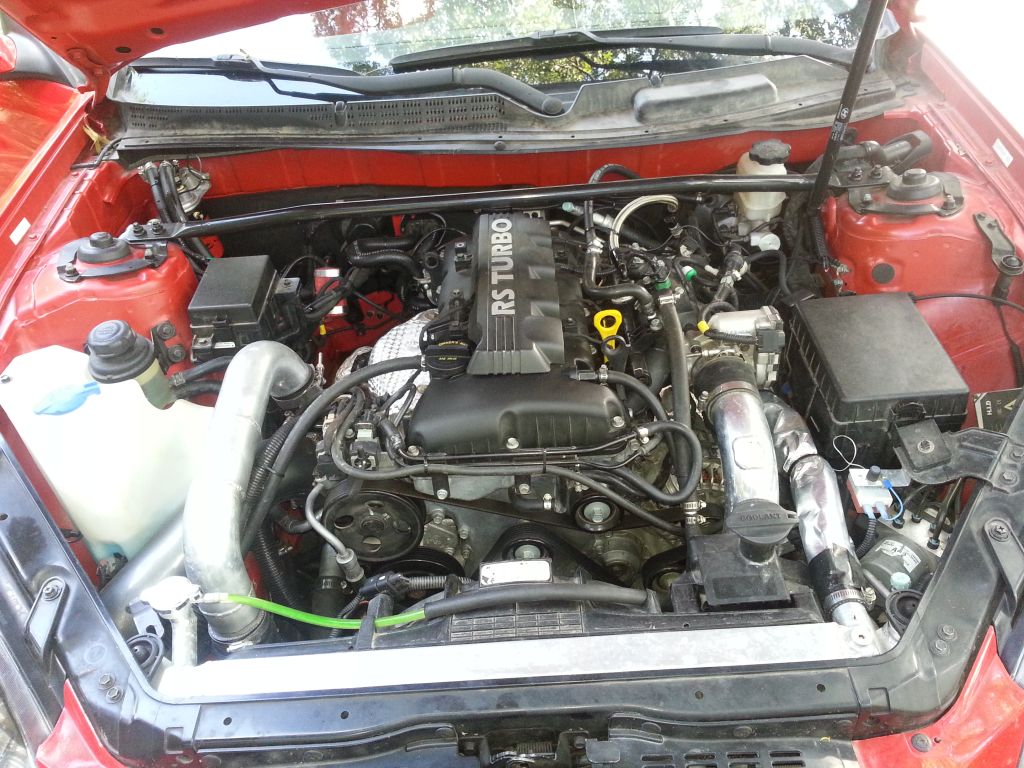I plan to do a radiator drain and fill (maybe 2) on a 2006 Saturn Relay 3 with the 3.5L. The vehicle is new to me with an unknown maint history and has 127K miles. The fluid seems in good shape but I want to make sure. This is the same vehicle as a Chevy Uplander.
According to the owner's manual there are two bleeder screws but even after reading the manual I am not sure the exact procedure for doing this.
Any help appreciated.
According to the owner's manual there are two bleeder screws but even after reading the manual I am not sure the exact procedure for doing this.
Any help appreciated.


